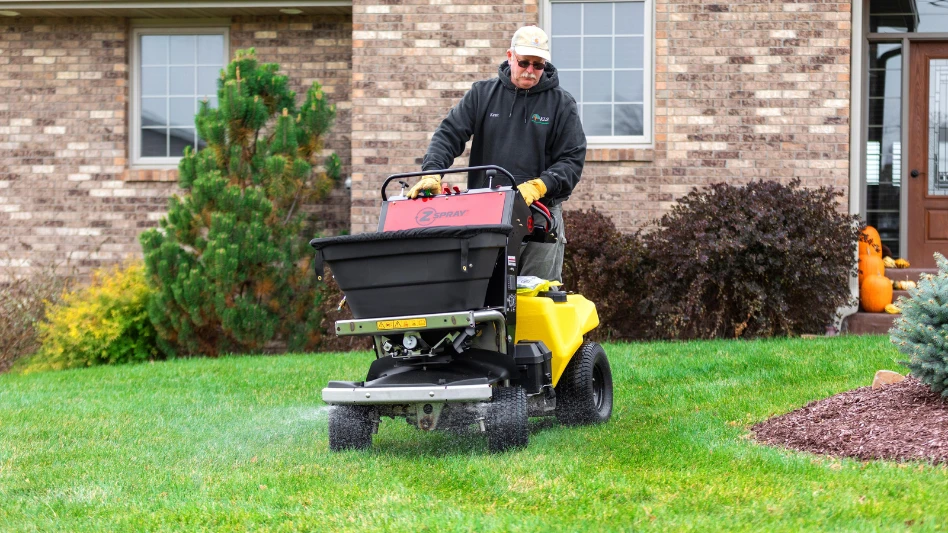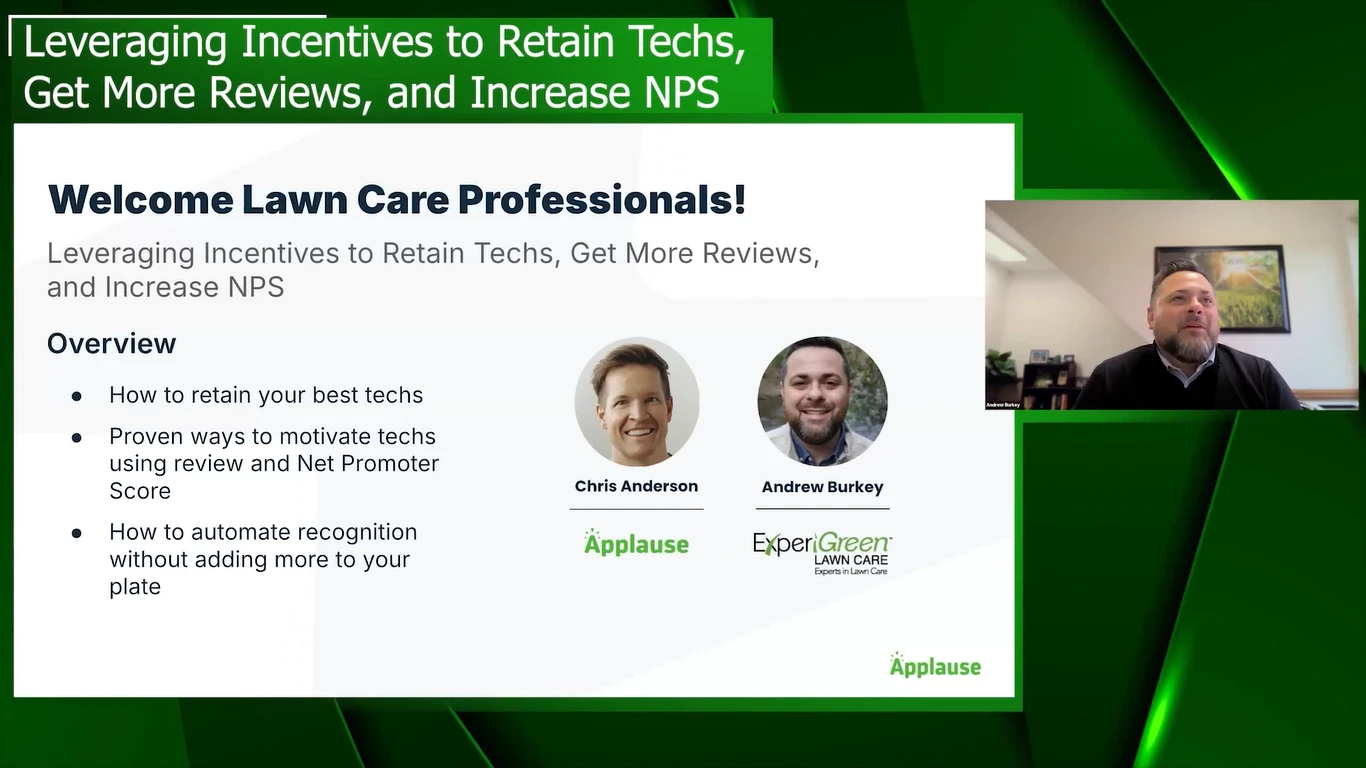Make the wrong pricing decisions and profits swiftly shrink. Make the right choices – even tiny tweaks – and the bottom line grows just as quickly.
In “Pricing for Profit,” Lee White of Mainscape, near Indianapolis, Ind., shared some of the ways to gain greater profit efficiency by making minor changes to your current pricing structure. White’s presentation from on Nov. 4, highlighted several profit-boosting strategies, including pre-sale planning pointers and purchasing opportunities.
According to White, pricing properly begins with setting realistic expectations for yourself and your customer. Sometimes, a job can be a losing proposition, say, if a customer wants a luxurious lawn but doesn’t have the budget and isn’t budging.
“The most important part of all the selling phases is the interview before the sale,” White says, adding that an effective interview must uncover what the customer really wants. “For example, do they want a golf-course lawn, and if so, can you meet these expectations? If you can’t meet their expectations, you might need to walk away. If you can’t do it right, you will only disappoint them and lose future referrals. You have to figure out: How do I offer positive solutions and close the gap between the client’s dreams vs. the site budget? You might consider selling them on doing the project in phases if they still insist on the golf-course lawn,” he adds. “But lock them into a long-term contract so you can spread out your costs.”
Deciding whether you are a realistic fit for the job requires asking yourself some key questions. For example, do you have the expertise to complete the project? And, do you have the personnel that can execute the project efficiently to avoid costly callbacks?
In addition, look at your equipment availability, White says. What equipment is required to achieve the desired level of customer satisfaction? Is your fleet ready to move? If your fleet is old, consider an update to realize greater efficiencies and be more competitive, White adds. Another quick way to boost margins is to simply make sure equipment is cared for properly. For example, how often do you calibrate equipment? White suggests calibrating at least monthly for maximum efficiency and productivity.
In addition to preparing equipment for every new job, each site also must be closely evaluated. For instance, have you accounted for potential terrain problems on site? Because slopes, berms and hillsides can slow down crews, the extra time and hassle must be accounted for in the customer’s price, according to White.
White suggests visiting the site with the owner or decision-maker. “This may add some cost-saving procedures, but you may add profit through up-sells,” he says. “Also, make sure you review the specs with the owner to make sure he understands them.”
Pricing competitively also requires taking your market’s pulse, White says. Keep a file on each competitor and its activities and know the market median price per acre, he says. In addition, for any given project, know who the bidders so you are aware of who your competition is and can prepare adequately.
Besides brushing up on the competition, purchasing is another area that is essential to pricing for profit. “Negotiating cost savings with suppliers is crucial,” White says, adding that contractors should streamline vendors to take advantage of volume buying discounts. “Lowering your (inventory units) will increase your margins.”
Streamlining inventory also prevents products with limited shelf lives, such as pesticides, from becoming obsolete or unusable – and wasting money, White says. Clearly, purchasing offers opportunities to boost profit margins, but so do other activities. “Training and development fosters better sales and production and improves customer service,” White says. “Also, work on improved interoffice communication, like better maps and special instructions to personnel.”
In particular, maps, digital photos and accurate property measurements help save crews time and eliminate mistakes like treating the wrong property, White says. “Review these maps and instructions with applicators before the project’s start date,” he says.
Additionally, when pricing, remember to consider variables like weather, site logistics and common obstructions, like parked automobiles, he says. Some contractors even include language in their contracts that does not hold them accountable if they cannot access areas of the properties that are blocked by autos or other items.
Site analysis is equally as important as a final job-cost analysis, White adds. “Is the owner happy?” he asks. “Were job factors accurate? Remember to get crew feedback to use on future site. This is the culmination of controllable and uncontrollable factors.”
The author is contributing editor to GIE Today.
Latest from Lawn & Landscape
- PERC helps debut propane direct-injection fuel system at ACT Expo 2025
- Retargeting Ads – A Secret Weapon for Growing Your Lawn Care Business
- Leading a growing company
- Project EverGreen launches Clean Air Calculator
- Rain Bird acquires smart lawn care company OtO from Toronto
- PBI-Gordon names Marvin as VP of research and development
- Mean Green rolls out Vanquish Autonomous mower
- Focal Pointe launches new podcast series





